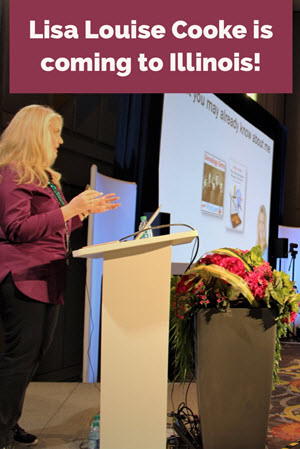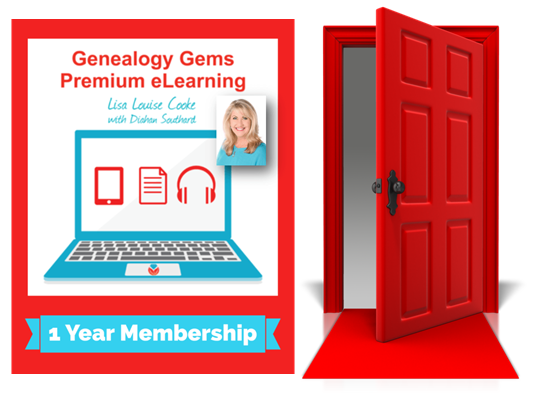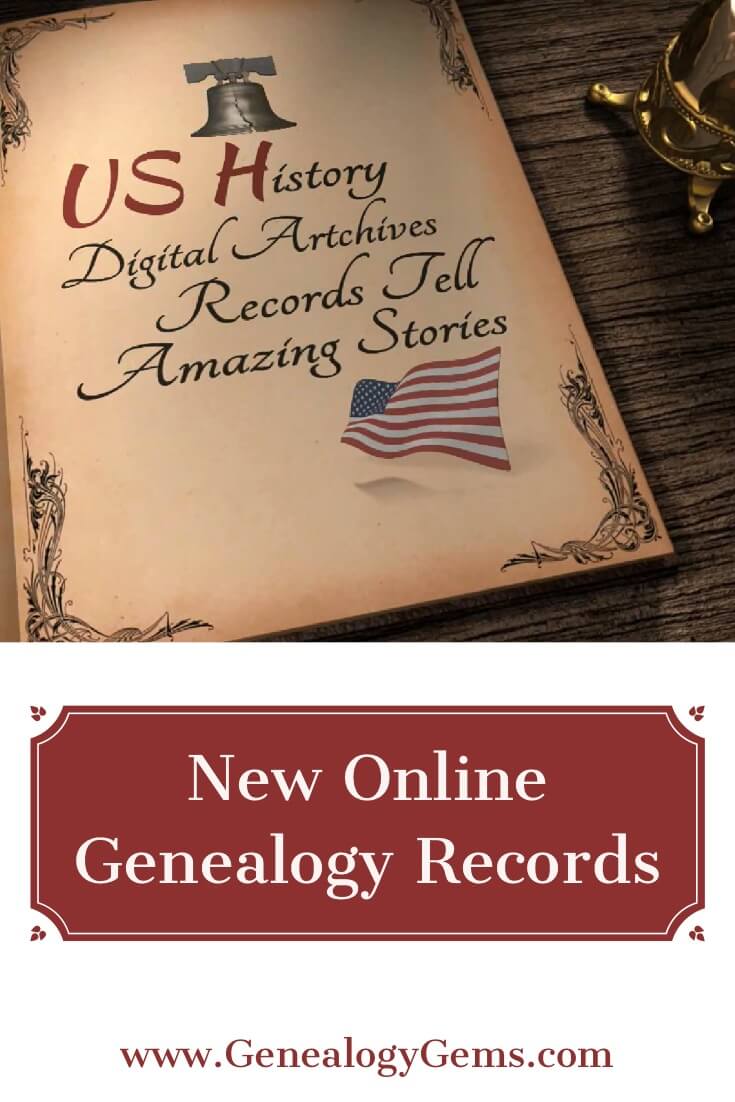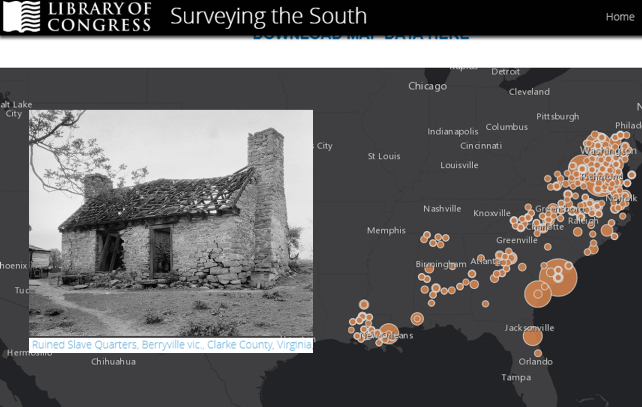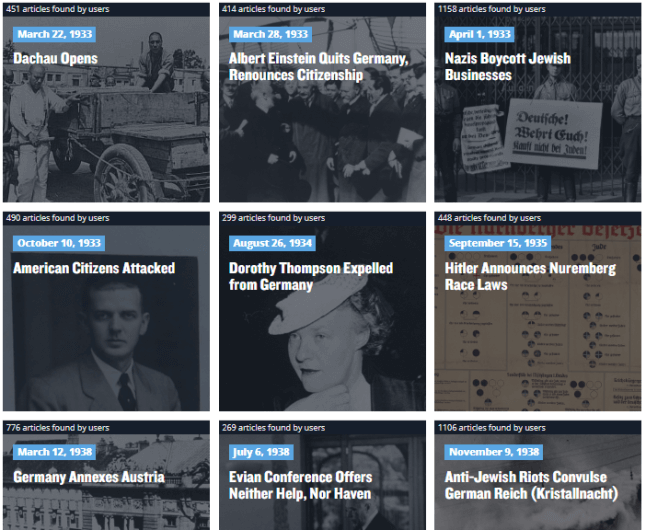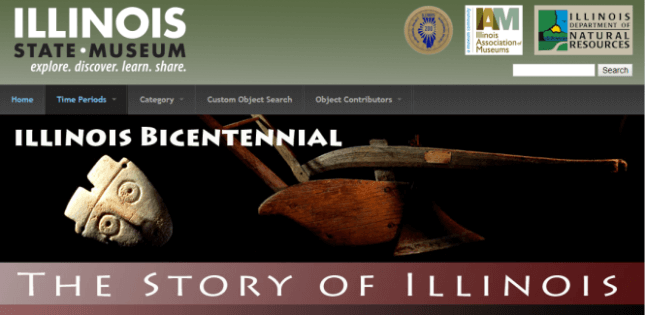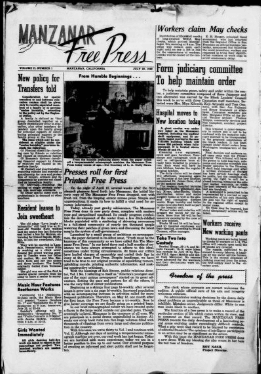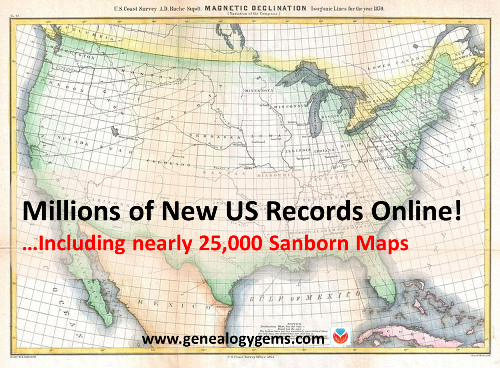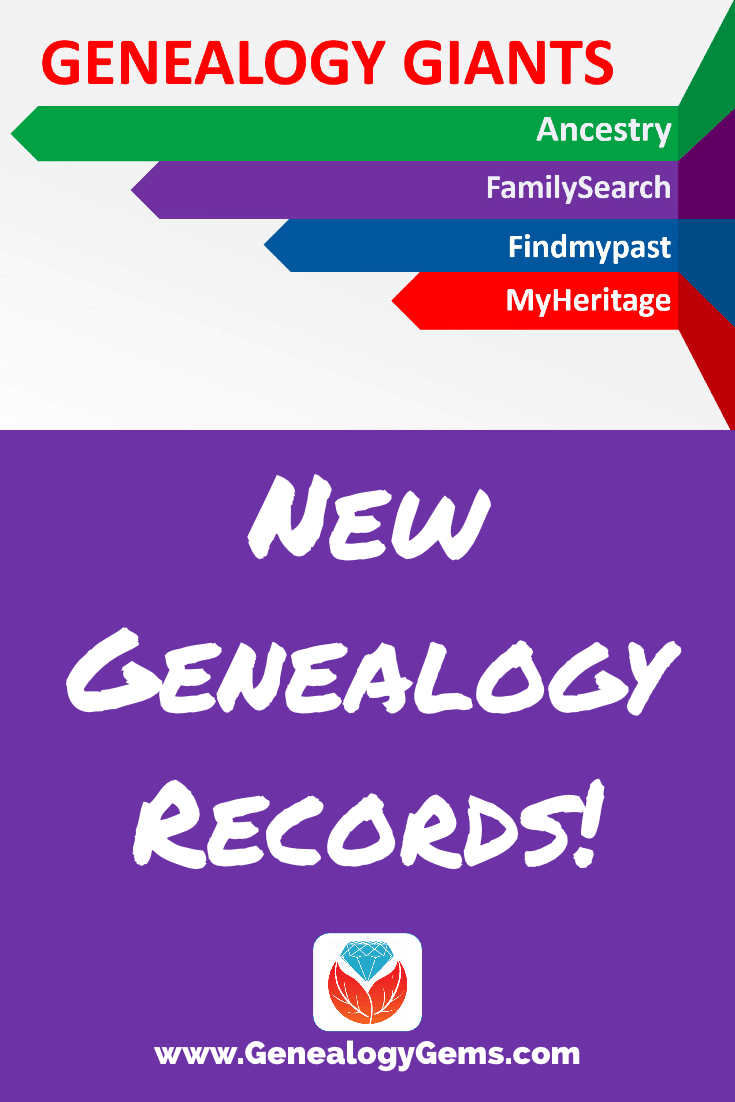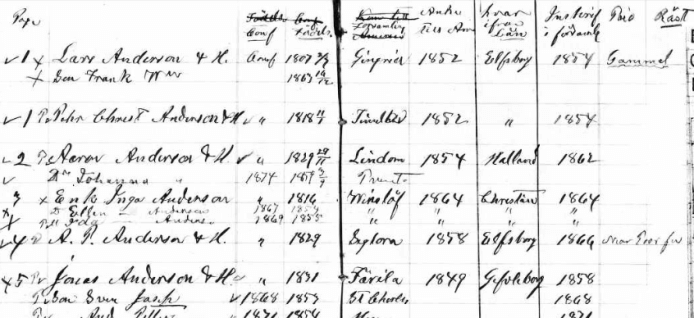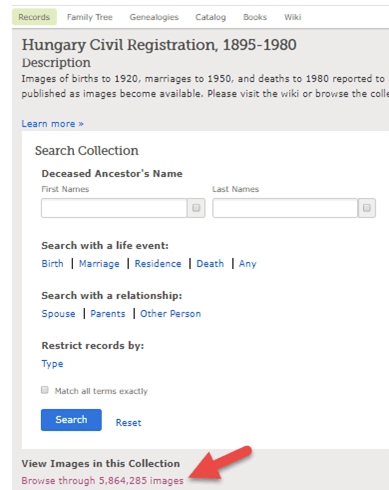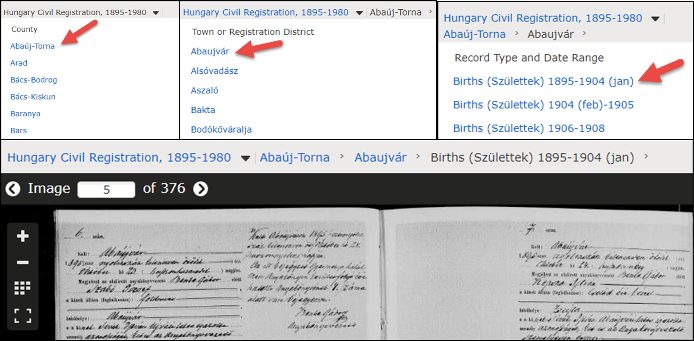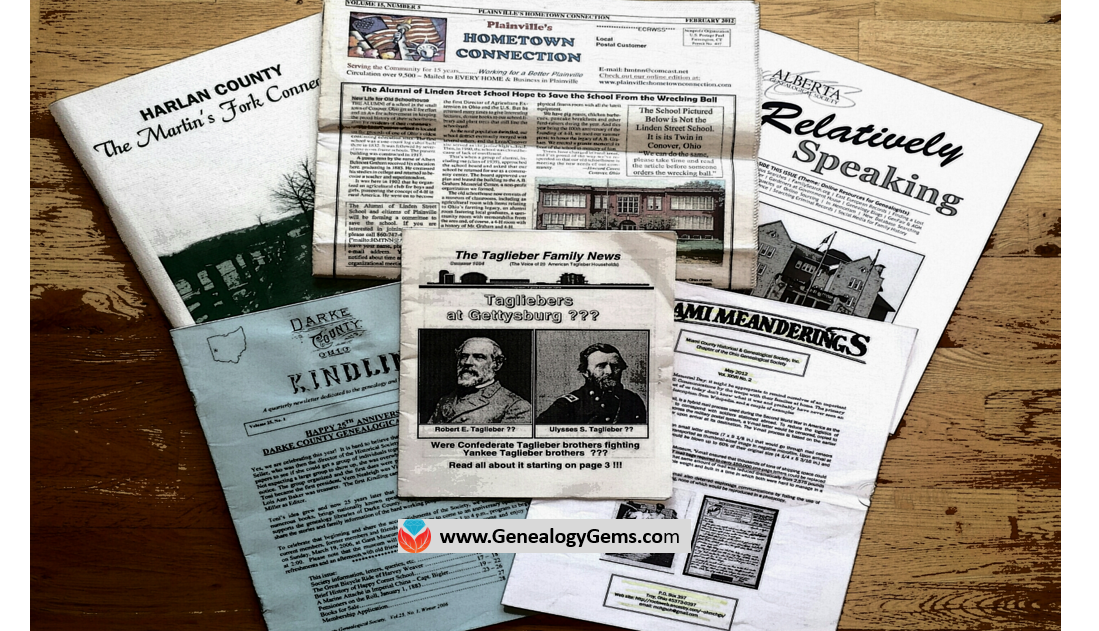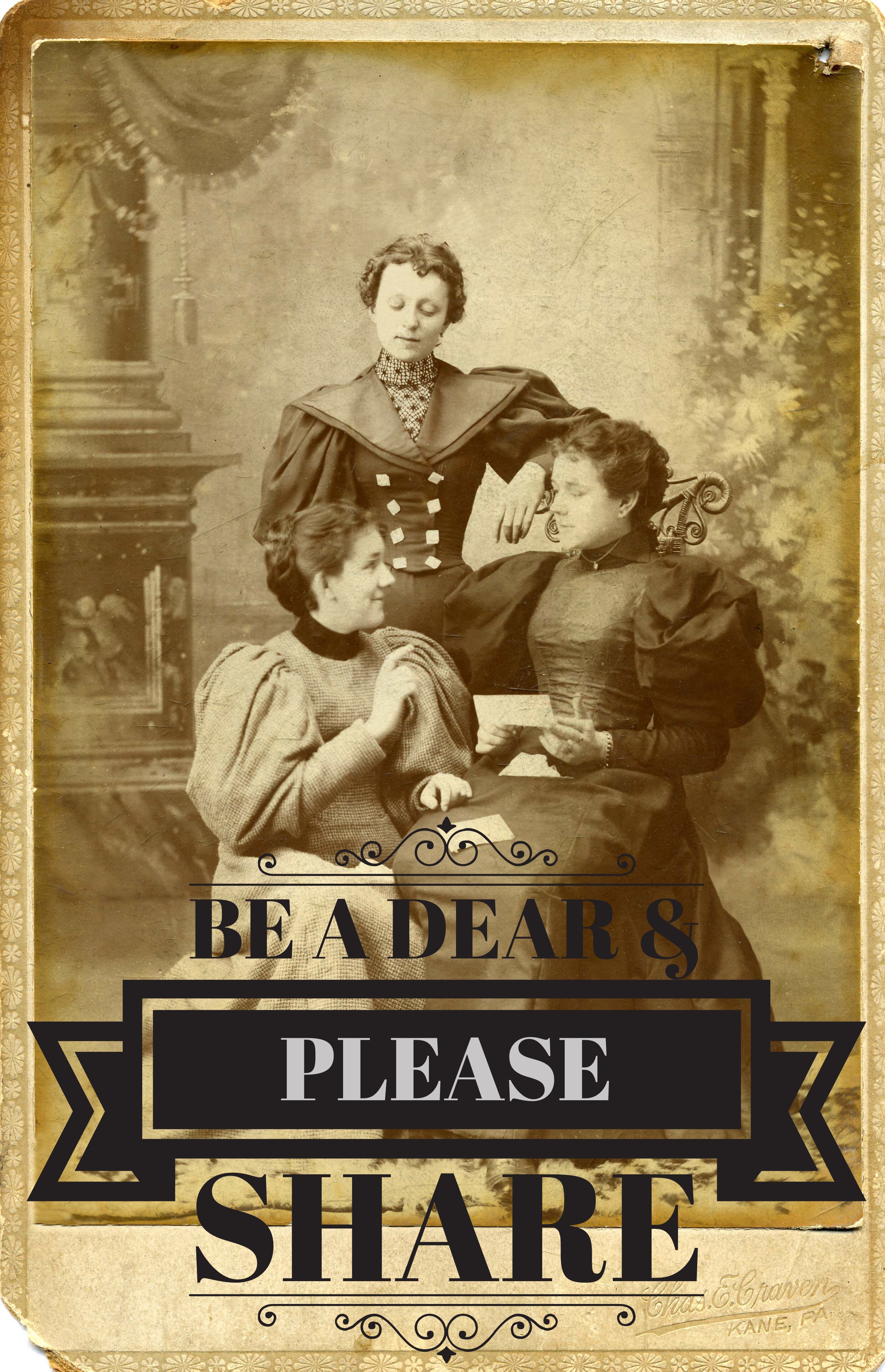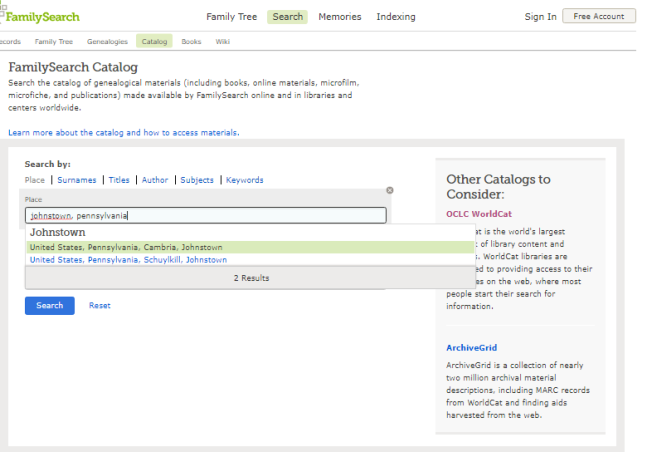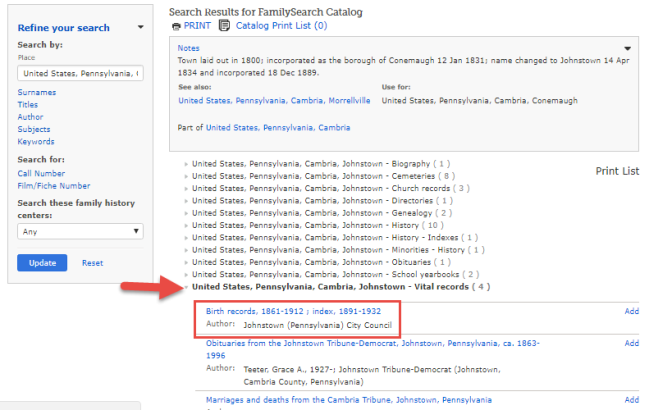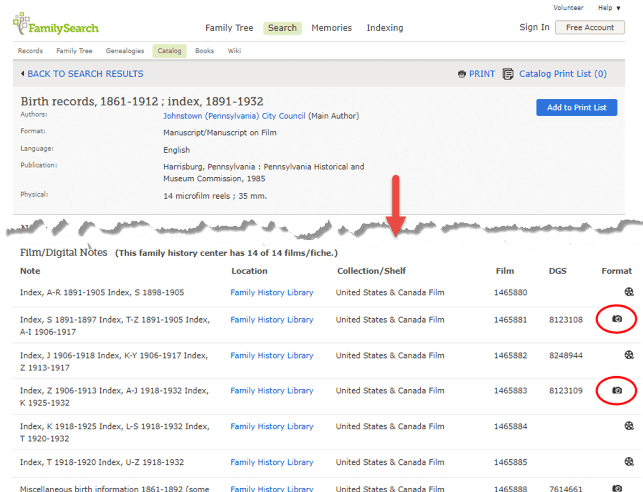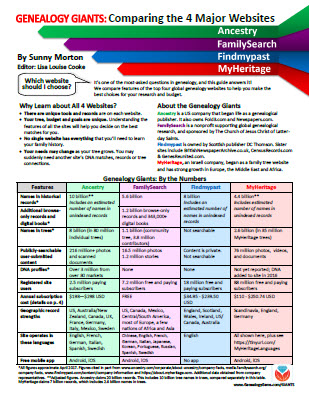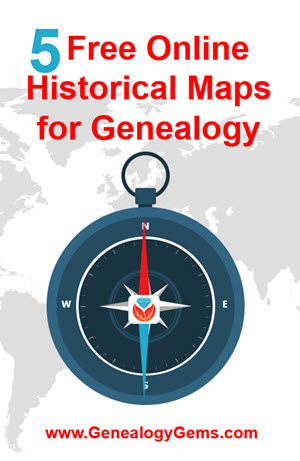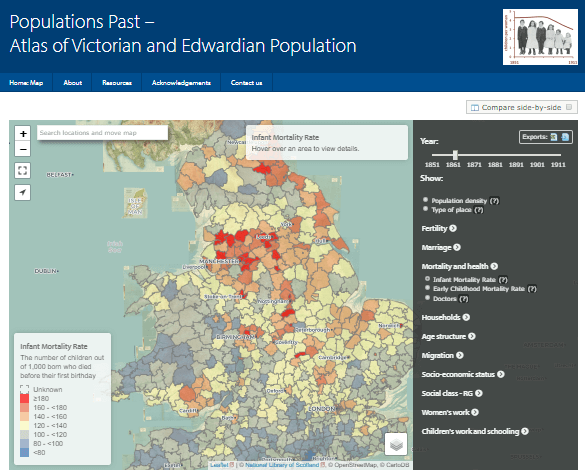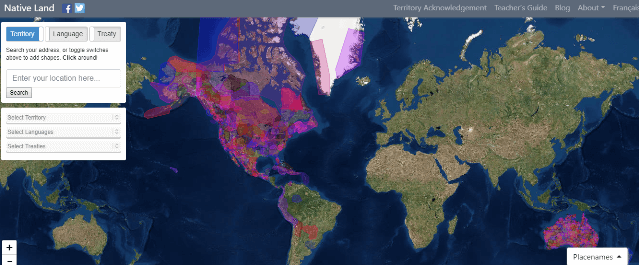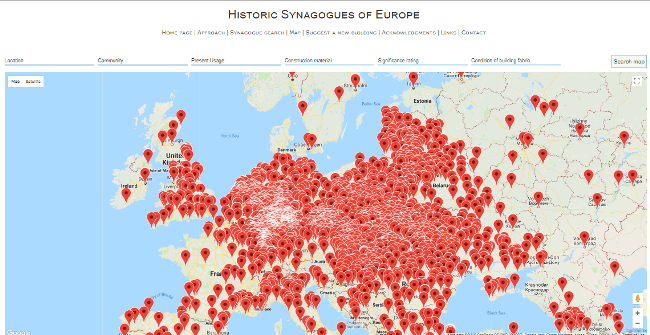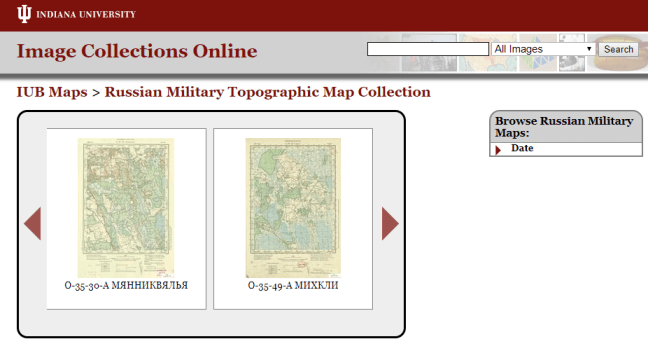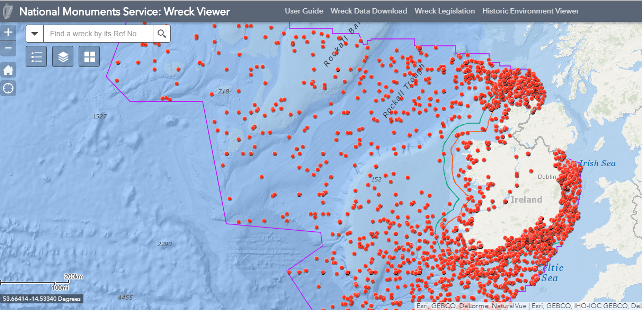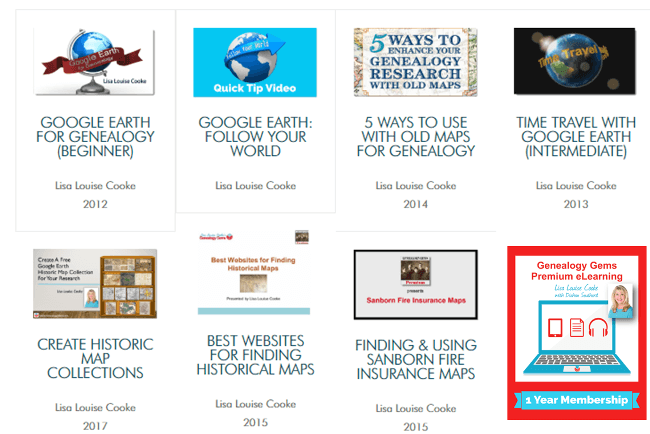Join Lisa at GeneaQuest 2018 in Illinois
Lisa Louise Cooke will be at CAGGNI’s GeneaQuest 2018 in Hoffman Estates, Illinois on Saturday, June 23. Join her and other expert presenters all day to learn Google strategies for genealogy, a master plan for organizing your research, DNA solutions, brick-wall solutions and more!
The Computer Assisted Genealogy Group of Northern Illinois (CAGGNI) is welcoming Lisa Louise Cooke as a featured speaker at GeneaQuest 2018. This year’s annual event will be held at Northern Illinois University (NIU) Conference Center in Hoffman Estates, Illinois on Saturday, June 23, 2018 from 8:00 am – 4:00 pm.
The theme is Building Your Genealogy Skills, and a genealogy conference is a great place to do just that. In addition to nurturing your skills in the area of analysis, genetics, geography, organization, problem-solving, research and technology, GeneaQuest offers you an opportunity to come shoulder to shoulder with genealogist’s who share your passion for climbing the family tree.
More on GeneaQuest 2018
Who: Lisa Louise Cooke and other expert presenters
What: GeneaQuest 2018
Where: Northern Illinois University Conference Center, Hoffman Estates, IL
When: Saturday, June 23, 2018, 8:00 am – 4:00 pm
Cost: Register online by May 31 for $60 ($55 for CAGGNI members) or $70 after June 1; registration includes buffet lunch (if you register by June 12). Extra fee for labs.
Event Host: Computer Assisted Genealogy Group of Northern Illinois
Lisa will kick off the day with the brush-up-on-Google presentation every genealogist needs, “Update Google! What’s New.” She’ll tell you what you need to know about how Google is evolving and changing. Then she will unleash some advanced Google search strategies for genealogy that you can put into practice right away to get the best results from your online searches.
She will also be teaching these powerful family history classes:
- Create a Free Google Earth Map Collection for Your Research. Come to this session and you’ll walk out with potentially thousands of free historic maps organized for your family history research. And the good news is, you don’t need a lot of tech know-how to do it! You’ll learn how to find free digital maps for your ancestral locations, add them as permanent map overlays to Google Earth and then organize them into your personal map reference collection. Lisa will also cover best practices for keeping them organized so that they continually enrich your research.
- Genealogy On the Go With Mobile Devices. Tablets and smartphones are built for hitting the road and are ideally suited for genealogy due to their sleek size, gorgeous graphics and myriad of apps and tools. In this class, you will discover the top apps and best practices that will make your mobile device a genealogical powerhouse! (iOS and Android.)
- How to Organize All This Genealogy Stuff. Save yourself future frustration and disappointment by putting a solid genealogy organizational plan in place for all the types of items that will be coming your way. Lisa will share with you the systems she personally uses that have proven to be reliable and efficient. She will cover systems for four types of stuff: paper and physical items; digital files; family tree data and all that information you’ve discovered online and need to put somewhere.
Other topics for the day also promise to be fabulous. There will DNA labs for AncestryDNA and GEDmatch, strategies for finding the most elusive ancestors (including DNA strategies), finding female ancestors, and introductory presentations on the free websites, WikiTree and Find A Grave. Click here for a detailed schedule of the day’s event and registration information.
Learn Virtually: Genealogy Gems Premium eLearning
Can’t make it to GeneaQuest 2018? You do have another learning option. Genealogy Gems Premium eLearning gives you access to video versions of Lisa Louise Cooke’s top classes for a full year! Think Google, Google Earth, organizing your genealogy, Evernote, using the cloud for genealogy, mobile research strategies, methodology and more than 20 classes from Your DNA Guide Diahan Southard on getting the most out of your DNA testing. You’ll need that full year to get through more than 50 video classes as well as all episodes of the Genealogy Gems Premium Podcast! Click here to see how Premium eLearning can help you open new doors in your genealogy research.

About the Author: Sunny Morton
Sunny is a Contributing Editor at Lisa Louise Cooke’s Genealogy Gems; her voice is often heard on the Genealogy Gems Podcast and Premium Podcasts. She’s known for her expertise on the world’s biggest family history websites (she’s the author of Genealogy Giants: Comparing the 4 Major Websites); writing personal and family histories (she also wrote Story of My Life: A Workbook for Preserving Your Legacy); and sharing her favorite reads for the Genealogy Gems Book Club.

